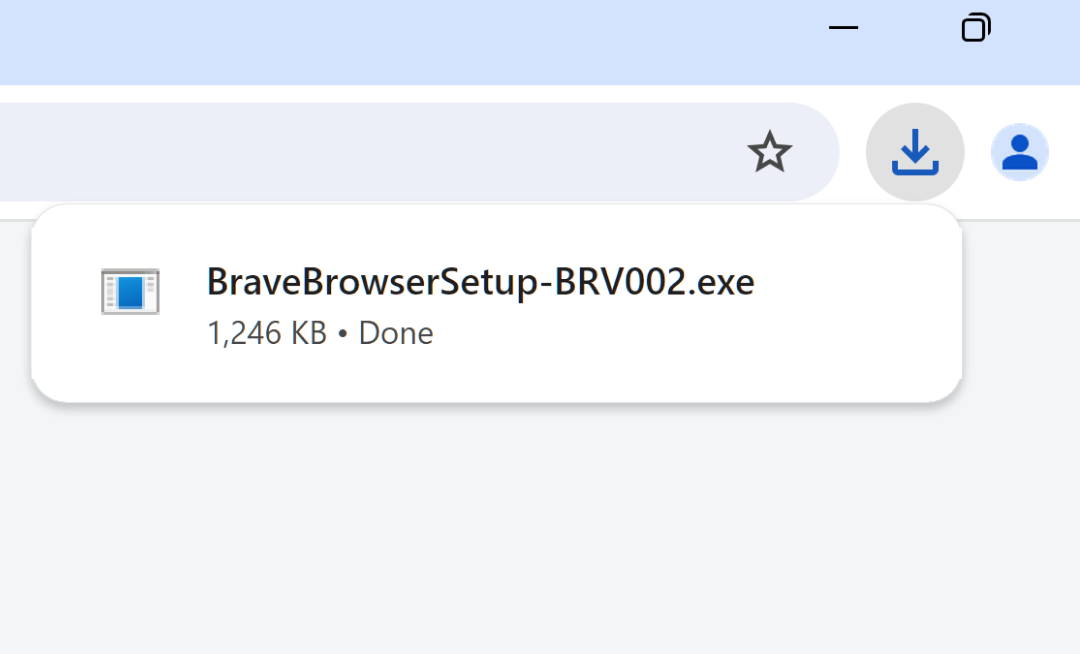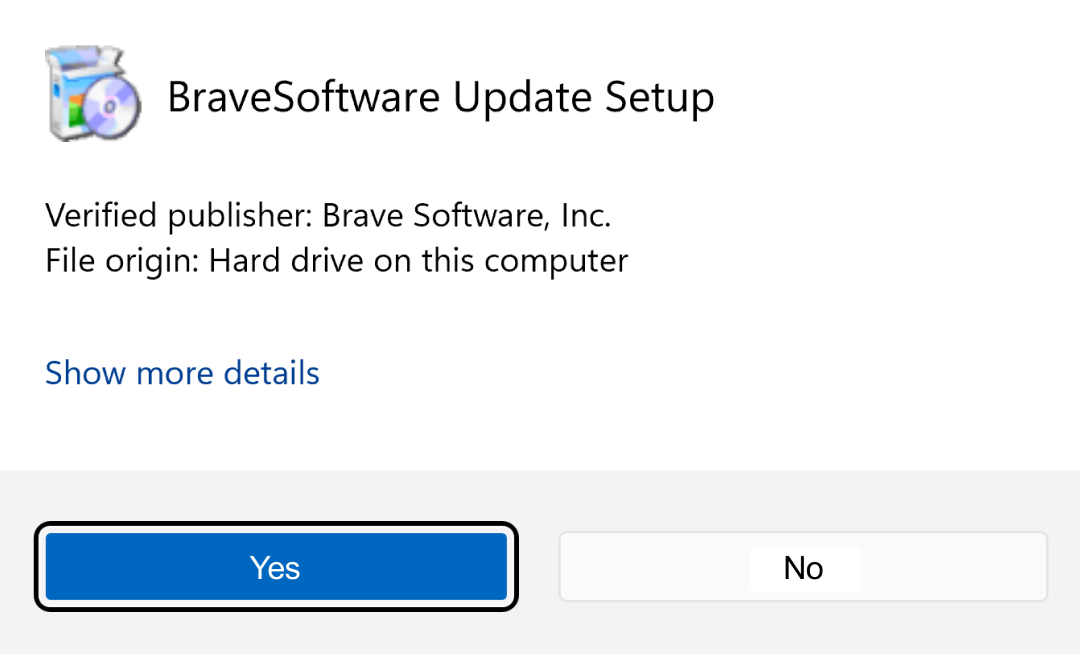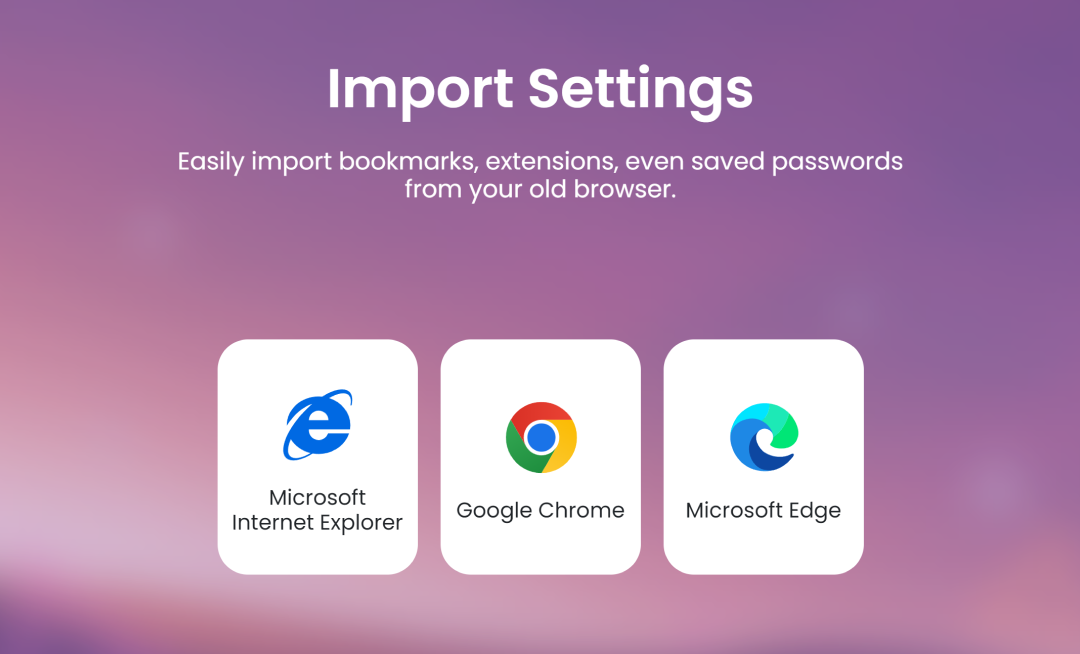Web3 basics
What is Web3?
Web3 is a whole new philosophy for how the Web should be managed and how users should access it. It's based on a version of the Internet that is decentralized and uses public blockchains to function. In this article, a primer on the fundamentals of Web3.









